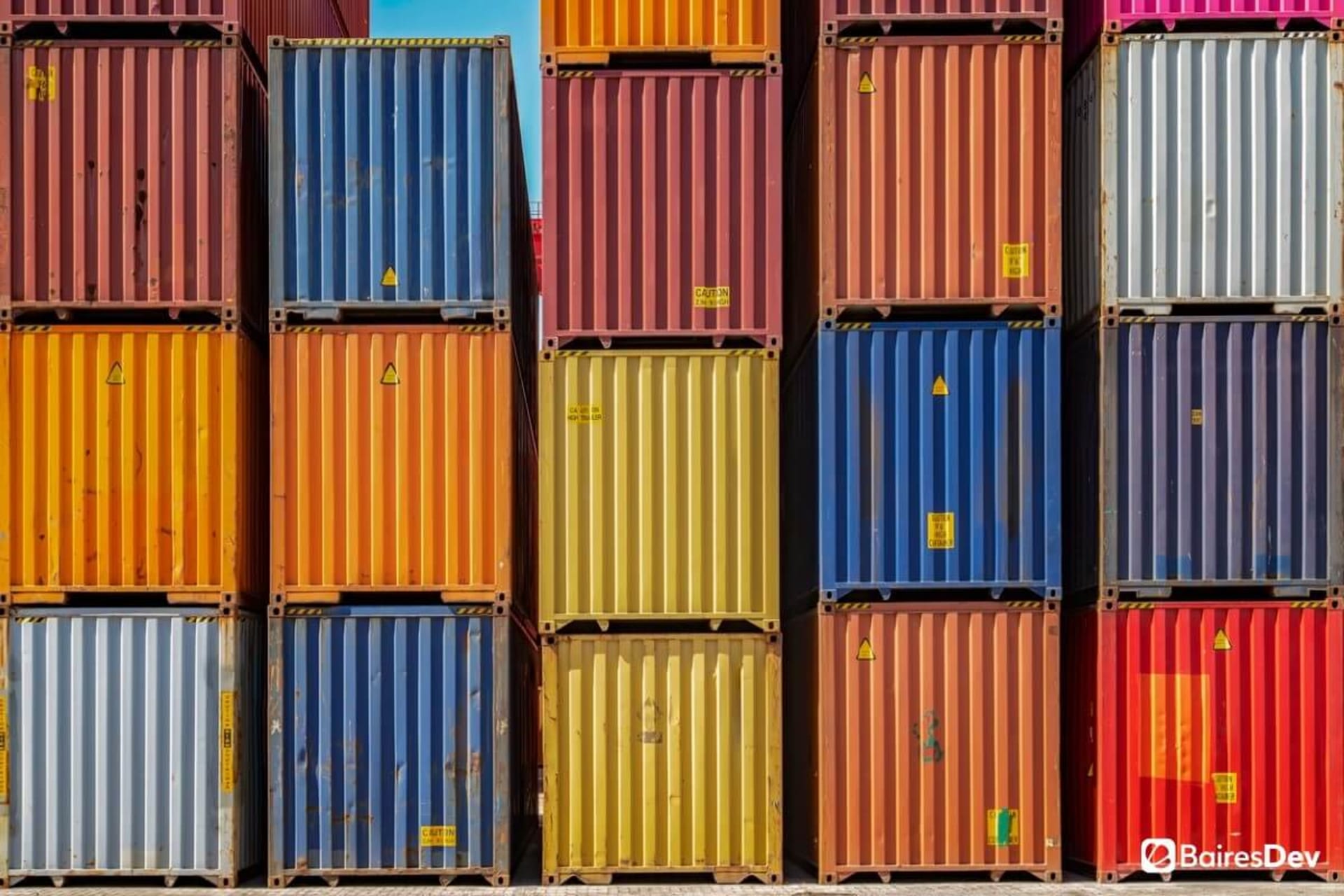Docker is still one of the most widely-used container platforms. One of the reasons for this is because Docker offers a simplicity many other similar tools can’t match. With a single command, you can deploy your containers and keep them running smoothly (even deploying to a Docker Swarm cluster).
Even though the Docker CLI is pretty easy to learn, some developers would rather work with a GUI. There’s absolutely nothing wrong with that, as using a GUI makes for an efficient workflow. That’s especially true if you’re working with a team, as a GUI can make collaboration even easier. And given how complex container deployments can get, having a GUI to do some of the heavy lifting is a big plus.
However, it shouldn’t go without saying that your developers should know how to deploy containers using the Docker command line. This is a fundamental skill that will not only help them better understand how their deployments work but makes it possible for them to deploy and manage containers, even when a GUI might not be available (such as in a GUI-less server).
With that said, let’s take a look at the best GUI tools to help make your developer’s container experience easier and more efficient.
Portainer
Portainer is a lightweight Docker management GUI that centralizes configuration, management, security, and deployments of containers. Portainer makes it easier for your developers to adopt container technology, more easily manage and automate their deployments, and secure your container platform. Portainer is capable of managing more than a single Docker server and can extend to Docker Swarm management.
One very interesting aspect of Portainer is that it’s deployed as a container itself. Because of this, it can be deployed on any platform that supports Docker. Once deployed, it offers a very powerful and user-friendly GUI that features authentication, multi-cluster (endpoints) management, template support, resource viewing, container actions (such as connecting to manager nodes, connecting to a container shell, inspecting a container, and checking logs). Admins can also configure resource ownership (administrators, restricted, public) for things like stacks, the Docker service, and containers.
Portainer is free to deploy and use, and supports third-party paid extensions to extend its feature set.
Rancher
Rancher is a complete software stack for developers who plan on adopting containers. One very nice aspect of Rancher is that your developers can start using it with Docker and continue using it as they evolve into Docker Swarm and even Kubernetes deployments.
Rancher does an outstanding job of addressing the often overwhelming issue of container security and managing multiple Docker Swarms and Kubernetes clusters across any infrastructure. Rancher is also great for teams looking to get agile with DevOps and integrate numerous tools.
From the Rancher UI, you can deploy to bare metal, private clouds, public clouds, or VMware vSphere. Rancher also integrates with the Helm (Kubernetes package manager) or developers can use the Rancher App Catalog to deploy and manage applications across any environment.
Other features include consistent security policy and compliance, hybrid and multi-cloud support, accelerated DevOps adoption, and support for edge deployments.
Unlike some of the other solutions on this list, Rancher does have an associated price.
Docker Desktop
Docker Desktop is one of the most used GUI tools for Docker development. This outstanding GUI tool is only available for macOS and Windows and is free for individual developers, education, open-source communities, and small businesses. For individual developers who want more features, development teams, and businesses, there are different paid options. Find out more about features in the price matrix.
One very special feature with Docker Desktop is the built-in volume manager. When you’re deploying containers that depend on mapped volumes (for things like persistent storage), having a GUI to take care of this task can be really handy.
Docker Desktop also makes it easier to set up consistent developer environments across an entire organization. And since Docker Desktop is built with security in mind from the ground up, you can be sure your deployments can be trusted. Docker Desktop provides actionable insights and recommendations for remediation with images and vulnerability scanning.
DockStation
DockStation is a cross-platform Docker GUI that makes it easy to work with local or remote containers and services, use Docker Compose, monitor your containers, create projects with a single click, work with a built-in parser, drag and drop images into projects, and easily organize containers for every project.
DockStation offers one of the finest Docker UIs on the market and is available for Linux, macOS, and Windows. When using DockStation, the generated docker-compose.yml are always clean and native, so you can use those files outside of the application (such as with the docker-compose command).
DockStation also features monitoring for CPU, memory, network I/O, block I/O, and open ports. This solution can also be seamlessly integrated with DockerHub. And since all your work is organized into projects, managing the deployments is incredibly easy.
Conclusion
Managing Docker deployments doesn’t have to be a massive undertaking. With the help of a well-designed GUI, your developers can get up to speed with Docker much faster than they might strictly from the CLI. And with a good GUI at the ready, those deployments can be more efficiently (and reliably) managed.






